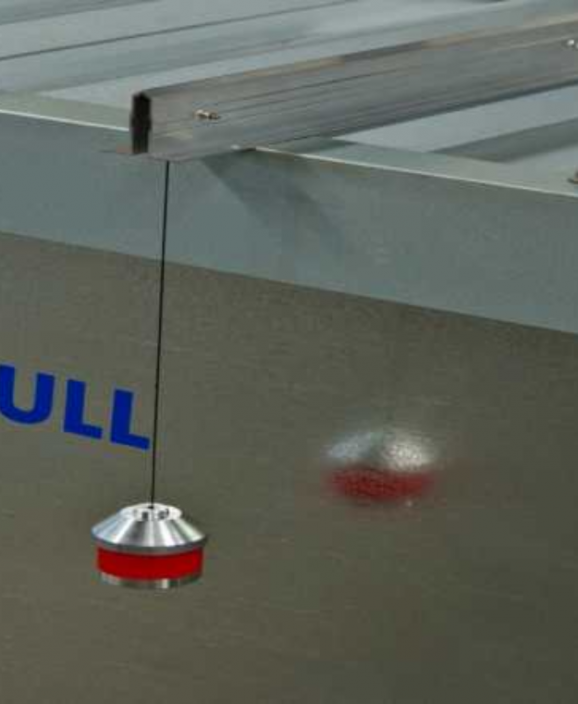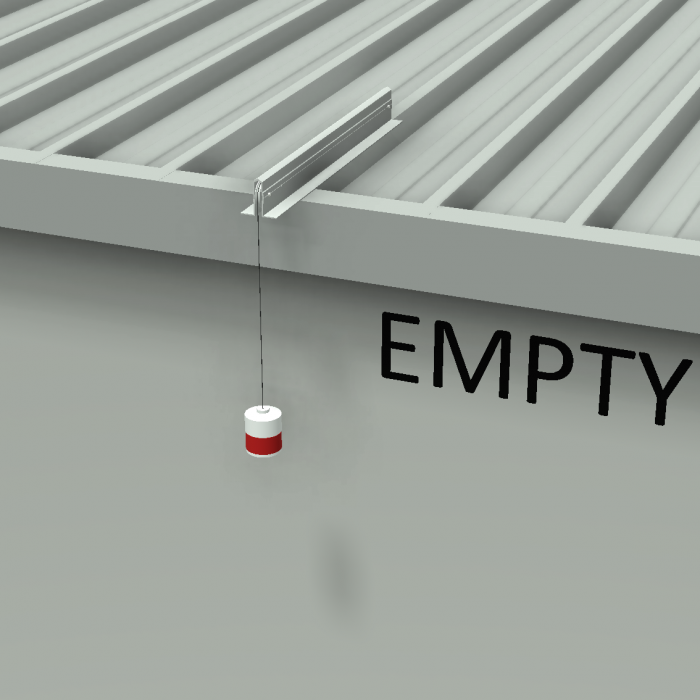Water Level Indicator: The Smart Solution to Prevent Overflow and Save Water
A water level indicator is an essential tool for monitoring water levels in tanks, reservoirs, and other water storage systems. Whether you’re managing a household, an industrial site, or an agricultural operation, understanding the water level in your tank or reservoir is crucial. Not only does it help prevent overflows, but it also ensures efficient water usage, conserving valuable resources. In this article, we’ll explore the benefits of water level indicators, how they work, and why they are becoming a must-have device for modern water management.
What is a Water Level Indicator?
A water level indicator is a device designed to monitor the water level in a tank or reservoir. These devices provide real-time data, alerting users when the water level is too high or too low. There are different types of water level indicators, ranging from simple mechanical float devices to advanced digital sensors that offer remote monitoring capabilities. With a water level indicator in place, users can easily track water usage, prevent overflow, and ensure that water levels remain within optimal ranges.
Why is a Water Level Indicator Important?
1. Prevents Overflow
One of the primary benefits of a water level indicator is that it helps prevent overflows. Overfilling water tanks can lead to wastage, water damage, and even costly repairs. A water level indicator alerts users when the tank is full, allowing them to stop the water flow at the right time and prevent an overflow situation.
2. Conserves Water
A water level indicator ensures that you are using only the amount of water needed, preventing unnecessary water wastage. For households and businesses that rely on water tanks, this device can save significant amounts of water, which is especially important in areas prone to water shortages or where water conservation is a priority.
3. Improves Efficiency
Water level indicators make water management more efficient. By monitoring the water level regularly, you can optimize the frequency of water refills or usage, avoiding both underfilling and overfilling. This is particularly beneficial in industries, agriculture, and large-scale water storage systems.
4. Saves Money
Using a water level indicator can help reduce your water bills by preventing wastage. In agricultural settings, it ensures that irrigation systems don’t overuse water, while in industrial settings, it helps keep water usage in check, leading to reduced operational costs.
5. Easy Maintenance
A water level indicator can also help with the maintenance of the tank or reservoir itself. By monitoring the water level, you can easily identify any leaks, blockages, or other issues that might affect the system’s performance. Early detection of problems can help you address them before they become costly repairs.
How Does a Water Level Indicator Work?
Water level indicators use various types of sensors to detect and measure the water level in a tank. The most common methods include:
Float Mechanism: A simple float device rises and falls with the water level, triggering a switch or alert when it reaches a specific height. These devices are easy to install and maintain.
Ultrasonic Sensors: These sensors measure the water level by emitting sound waves and calculating the time it takes for the waves to bounce back. They are ideal for non-contact measurements and are commonly used in large-scale systems.
Capacitive Sensors: These sensors measure changes in capacitance as the water level changes. They are accurate and provide real-time readings, making them suitable for both residential and industrial applications.
Digital Displays and Alerts: Modern water level indicators often come with digital displays that provide real-time information about the water level. Many advanced models also feature alert systems (such as SMS or email notifications) to inform users when the water reaches critical levels.
FAQ: Frequently Asked Questions About Water Level Indicators
1. How accurate is a water level indicator?
The accuracy of a water level indicator depends on the type of sensor used. Ultrasonic sensors and capacitive sensors are typically very accurate and can provide real-time readings within a millimeter of the actual water level. Float-based indicators, while reliable, may be less precise in some cases.
2. Can I install a water level indicator myself?
Yes, many water level indicators are designed for easy installation and can be set up without professional help. However, more advanced models, such as ultrasonic sensors, may require professional installation to ensure proper calibration and functionality.
3. Can a water level indicator help with water conservation?
Absolutely! By providing accurate, real-time data on water levels, a water level indicator helps users avoid overfilling tanks and wasting water. This can be especially useful in agricultural systems, where water conservation is critical.
4. Are there water level indicators for large industrial tanks?
Yes, there are industrial-grade water level indicators designed for large tanks and reservoirs. These systems often come with advanced features like remote monitoring, digital displays, and Water level gauge alerts to handle the specific needs of industrial water management.
5. How often should I check the water level indicator?
With an automatic water level indicator, you don’t need to check the level manually unless there’s an issue. Most systems will alert you when the water level reaches a critical point (either too high or too low), so you can take action as needed.
Testimonial: Client Experiences with Water Level Indicators
James L., Farmer
"As a farmer with multiple water tanks for irrigation, the water level indicator has been a game-changer. It helps me monitor my water usage, prevent overflow, and ensure I’m using water efficiently. It’s saved me a lot of money and has made water management a lot easier on my farm."
Maria P., Homeowner
"We installed a water level indicator for our home’s water tank, and it’s been fantastic. Before, we used to manually check the tank, which was inconvenient and inaccurate. Now, the system alerts us when it’s full, so we never waste water. It’s simple, reliable, and cost-effective."
Conclusion
A water level indicator is an invaluable tool for anyone managing water tanks or reservoirs. From preventing overflow and conserving water to improving overall efficiency, these devices provide a smart solution for modern water management. Whether you’re a homeowner, business owner, or farmer, investing in a water level indicator can help you save money, reduce waste, and ensure a more sustainable approach to water usage.


Comments
Post a Comment